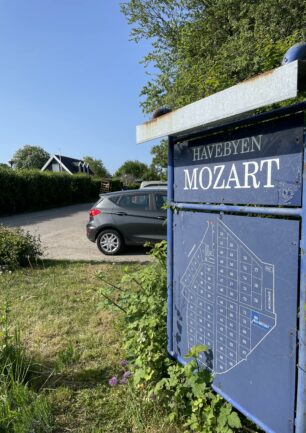Energifællesskab Havebyen Mozart
This project is a case study of the establishment of the community microgrid of Havebyen
Mozart, in the greater Copenhagen region, spring 2023. It focuses on the power relations
Havebyen Mozart encounters while establishing their local energy community, and how
these help or hinder the process.











